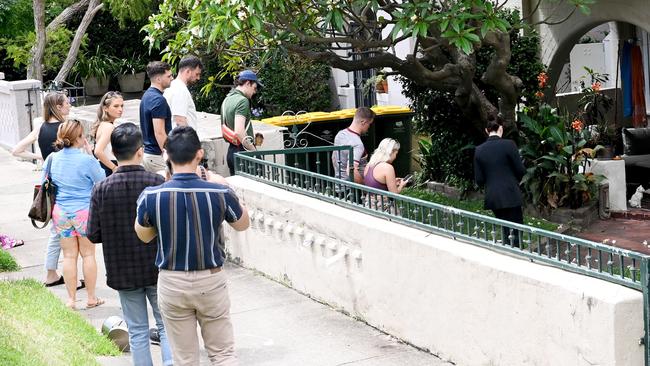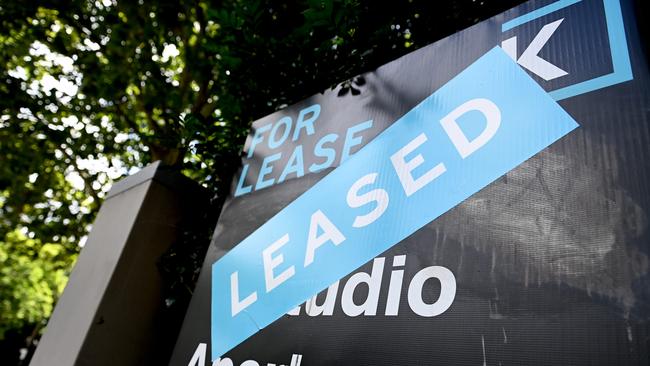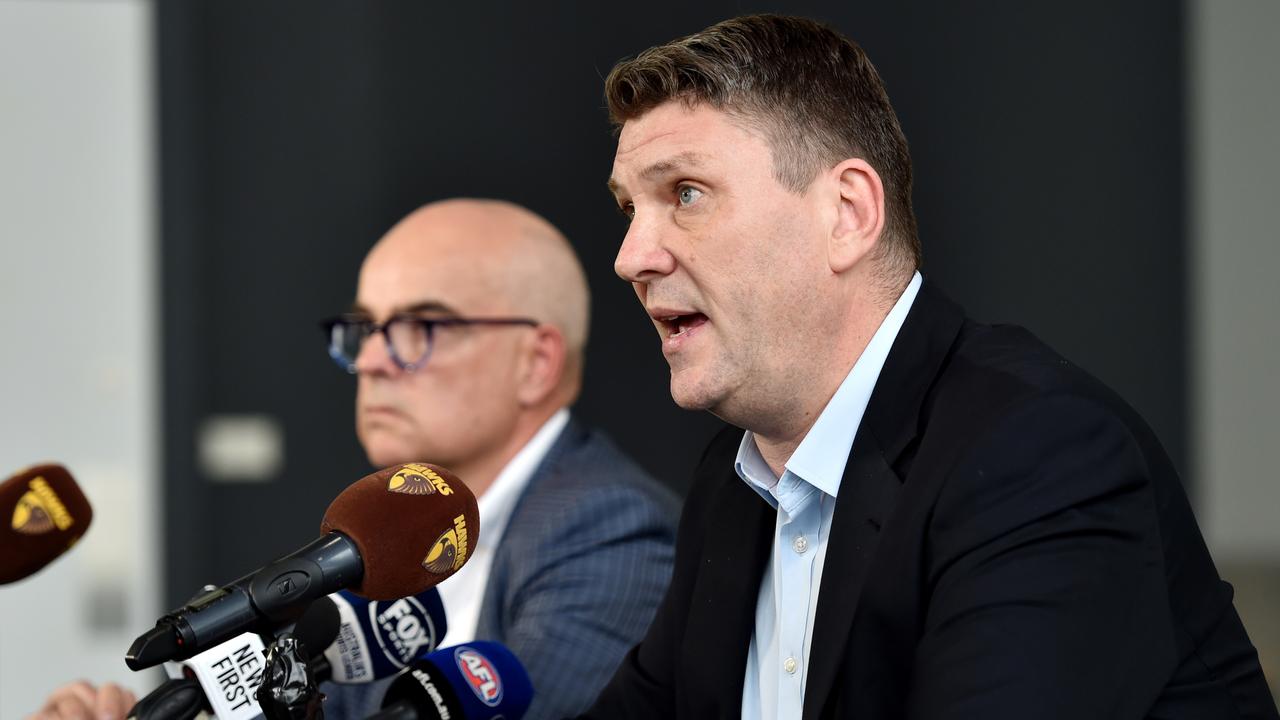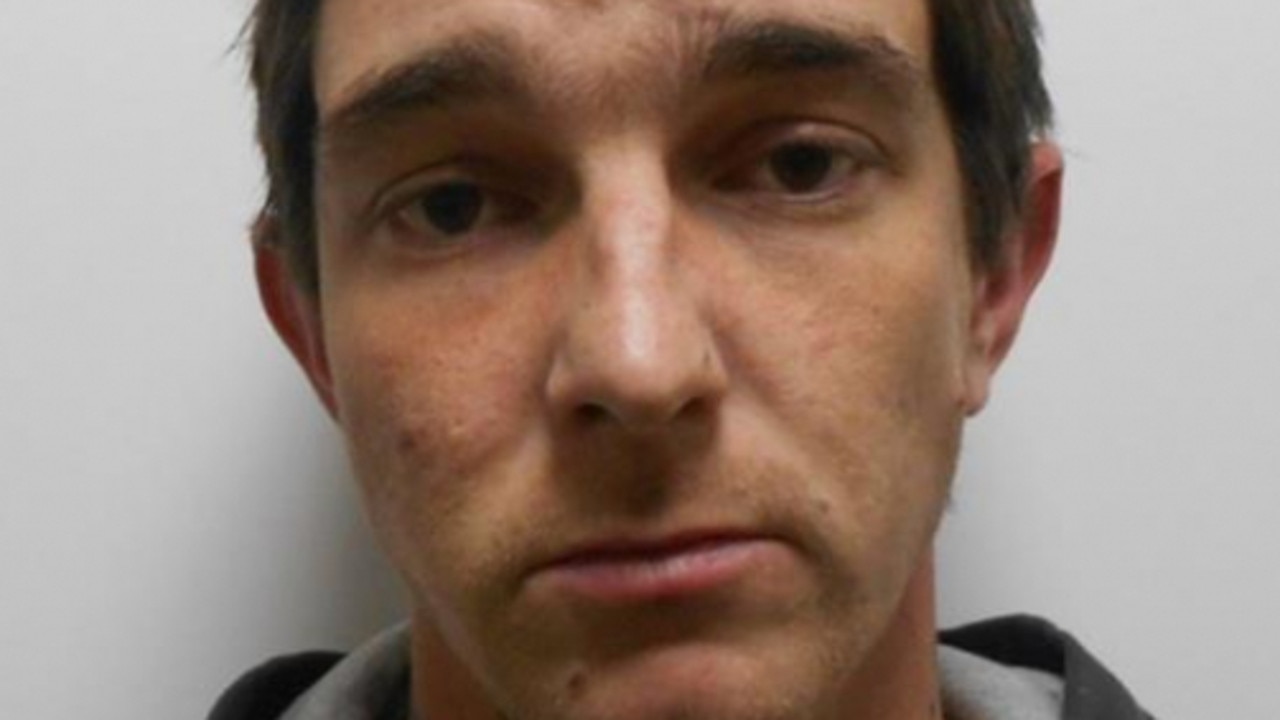Shocking new figure in rental crisis as vacancy rates lift
As renters across Australia struggle under surging weekly costs, a new figure has indicated there could be some reprieve on the horizon.
NewsWire
Don't miss out on the headlines from NewsWire. Followed categories will be added to My News.
The thousands of Australians struggling to find a rental property amid a tight market can begin to have some hope with vacancy rates rising slightly across the country.
Amid months of low vacancy rates, the total number rental properties now available stands at 32,814 nationally, according to new figures by SQM Research.
The national vacancy rate stood at 1.1 per cent in March, a nudge of 0.1 per cent from the month before.
While vacancy rates across greater Sydney and Melbourne remained at 1.3 per cent and 1.1 per cent respectively, there have been better results in the city’s CBDs.

Sydney’s CBD now stands at 3.1 per cent while Melbourne is at 2.3 per cent.
The other capitals have also shared a slight rise in the vacancy rate, with Brisbane and Perth receiving a 0.1 per cent boost to sit at 0.9 per cent and 0.5 per cent respectively.
There’s also good news for those in the regions with a “sharp” rise in vacancy rates as the NSW North Coast hits 1.6 per cent rate.
The Blue Mountains rose to 2.0 per cent, its peak rental vacancy since April 2020 while the Gold Coast rate rose to 1.1 per cent, its highest level since October 2021.
“The rental crisis in Australia’s regions has peaked with an easing in rental vacancy rates and rents across many smaller townships and coastal locations,” managing director of SQM Louis Christopher said.
“This peak also extends to some of our smaller capital cities such as Hobart, where rental vacancy rates rose back over 1 per cent and rents are now down by 1.8 per cent for the past 30 days.

“However, the same cannot be said for our two largest capital cities where the rental crisis rolls on, driven by rampant population growth, a slowdown in the respective construction pipeline and a return to the city office move from the regions.”
The small boost to the available number of properties has not flowed on to the cost of leasing one, with weekly rents rising yet again to cause pain across Australian households.
Over the 30 days to April 12, asking rents in the nation’s capitals rose by another 2.1 per cent to hit a 12-month rise of 21.8 per cent.
The national median weekly asking rent for a dwelling now sits at $581, a figure that shoots up to $661 if you’re looking in a capital city.
Those looking for a house in a capital city will be expected to fork out a median $758, a figure that’s risen by 18.6 per cent in the past year, while those in units can expect to pay $576 after apartment asking rents rose 25.8 per cent in the same time.
Shockingly Sydney’s housing market is the most expensive with a median rent of $962.08 for a house and $654.45 for a unit, while Adelaide is the most affordable at $575.64 for a home and $405.57 for a unit.
The median price of any dwelling in Melbourne, Brisbane and Perth now sits at $575.71, $605.37 and $602.10.
Originally published as Shocking new figure in rental crisis as vacancy rates lift


